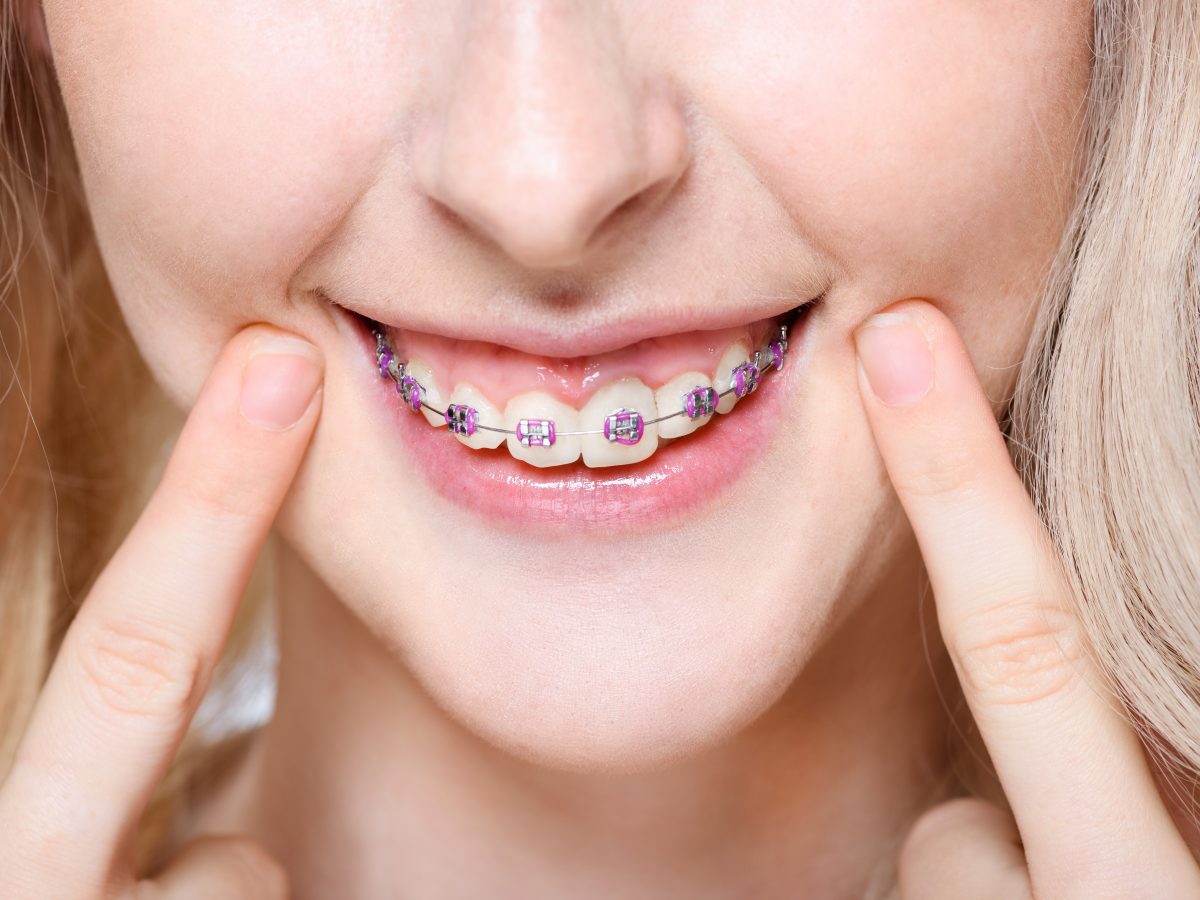Why Cumming Invisalign is the Perfect Option for a Discreet Orthodontic Option
Why Cumming Invisalign is the Perfect Option for a Discreet Orthodontic Option
Blog Article
Comprehensive Overview to Orthodontics Treatments for Correcting Dental Imbalances
In the world of orthodontics, the trip to accomplishing a perfectly lined up smile includes a myriad of treatments customized to deal with oral misalignments. From standard dental braces to unseen aligners and even surgical options, the area of orthodontics offers a variety of remedies to resolve differing levels of oral abnormalities. Understanding the complexities of each procedure, including their systems, benefits, and possible downsides, is essential in making notified decisions regarding one's orthodontic treatment. As we navigate through the comprehensive guide to orthodontic procedures for correcting oral imbalances, the detailed details of each approach will certainly unravel, clarifying the path toward a unified and functional oral placement.
Orthodontic Procedures Review

Normal changes and surveillance are essential parts of orthodontic therapy to make sure progression is on track and to make any necessary modifications along the way. By undergoing orthodontic procedures, clients can not only accomplish a straighter grin but also boost their total dental wellness and function.
Typical Dental Braces: Just How They Function
When considering orthodontic therapies for oral imbalances, typical braces stand apart as a tried and true method for remedying teeth positioning. Traditional braces include brackets, cables, and bands that work with each other to use continuous stress on the teeth, gradually relocating them into the desired alignment. The braces are affixed to the teeth utilizing a special adhesive, and the cables are threaded via the brackets. By adjusting the tension of the cords, orthodontists can control the instructions and pressure related to each tooth, assisting them right into correct positioning with time.
As pressure is applied to the teeth via the braces, the bone bordering the teeth is improved to sustain the new tooth positions. Clients will need regular adjustments at the orthodontist's office to ensure the braces proceed to use the proper stress for efficient teeth motion.
Undetectable Aligners: Disadvantages and pros
These clear, tailor-made trays are basically invisible when used, making them an attractive choice for people looking for a more visually pleasing orthodontic treatment. Patients can eliminate the aligners before eating or brushing their teeth, lowering the risk of food getting stuck in the appliance and streamlining the cleaning procedure.

Surgical Orthodontic Options
Surgical treatments in orthodontics existing dental health care feasible alternatives for resolving intricate dental misalignments that may not be effectively dealt with through conventional orthodontic therapies. While unnoticeable aligners and conventional braces can deal with several orthodontic concerns, particular cases require medical treatment to achieve optimal outcomes. Surgical orthodontic choices are usually suggested for extreme malocclusions, substantial jaw inconsistencies, and cases where the underlying bone framework requires modification to attain correct positioning.
One usual medical orthodontic procedure is orthognathic surgical treatment, which entails repositioning the jaws to correct useful concerns such as problem chewing or talking. This surgery is typically performed in cooperation with an orthodontist who aids align the teeth prior to and after the procedure. Surgical orthodontics may also entail procedures to reveal impacted teeth, get rid of excess gum cells, or reshape the jawbone to produce a much more unified face profile.
Prior to considering medical orthodontic options, patients undertake a detailed evaluation to figure out the need and prospective advantages of such interventions. cumming orthodontics. While surgical procedure may appear challenging, it can substantially improve both the function and aesthetic appeals of the smile in cases where standard orthodontic therapies fail
Retainers and Post-Treatment Care

Post-treatment treatment involves following the orthodontist's directions carefully. This might consist of correct oral hygiene methods, going to follow-up consultations, and putting on the retainers as suggested. Failing to adhere to post-treatment care guidelines can cause regression, where the teeth progressively relocate back in the direction of their original positions. Consistent retainer wear, good oral health, and routine oral exams are important for maintaining the results accomplished with orthodontic surgical treatment and making certain the lasting security of the corrected oral alignment.
Conclusion
In conclusion, orthodontic procedures supply different alternatives for fixing dental misalignments. Surgical orthodontic alternatives are readily available for much more extreme misalignments. Generally, orthodontic treatments can efficiently boost dental health and wellness and visual appearance.
As we browse through the detailed overview new dental to orthodontic procedures for fixing oral misalignments, the complex details of each approach will unfold, shedding light on the path towards a unified and functional dental alignment. - invisalign
One of the most usual orthodontic treatments is the use of braces, which consist of steel braces and cables that use mild pressure to slowly change teeth into the desired setting.When taking into consideration orthodontic treatments visite site for oral misalignments, typical braces stand out as a reliable method for correcting teeth positioning. Additionally, unnoticeable aligners might not be appropriate for complex orthodontic problems that require even more significant teeth movement, as they are generally recommended for moderate to modest situations. Retainers are custom-made orthodontic devices designed to hold teeth in their corrected positions after the conclusion of orthodontic therapy.
Report this page